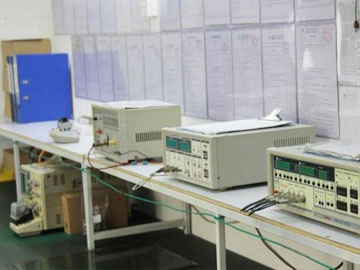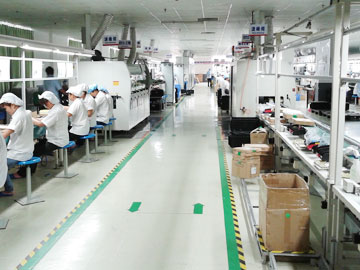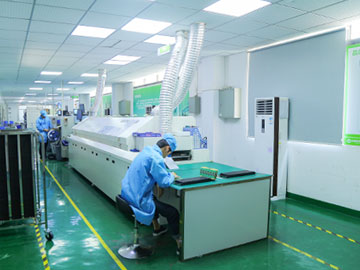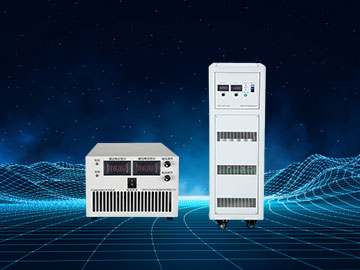Focus on solving DC power solutions
Create high-standard and reliable power products
Support Hotline:
+86-13902319159
+86-755-84868780

+86-13902319159
+86-755-84868780

XingZhongKe Power Technology Co., Ltd.Release Time:2021-05-20
In the practical application of high-power power transformers in power systems, the treatment of neutral grounding is an important part of the assembly process of the entire transformer system, which will directly affect the stable operation of the power transformer. In today's article, let's take a look at the different types of power transformers, the depth of which line should be buried is the best, and what form of grounding measures are the most suitable.
I believe that what many technicians know is that to make a grounding system for high-power power transformers dedicated to electric power, the first preparation is to ground the pole, which means that it needs to dig a place that is at least 2 meters deep and long not far from the transformer. A 10-meter trench, and then use G80 galvanized steel pipes 2 meters long to distribute 3 equidistantly along the trench, and then punch down the steel pipe until only the pipe head is exposed at the bottom of the trench. After that, three pipe heads need to be welded with 50x5 galvanized flat iron, then lead out to the ground, backfilled and compacted. After the grounding electrode is made, the ground wire of the high-power power transformer can be connected to the 50*5 galvanized flat iron. In the design process of this grounding electrode, the capacity of the high-power power transformer will determine the size of its grounding wire.
In the power system, the neutral grounding methods of high-power power transformers can usually be divided into two categories. One is the neutral grounding directly or through low impedance grounding. This method is also called large ground current system. The other type is that the neutral point is not grounded, and it is grounded through an arc suppression coil or high impedance. This method is also called a small ground current system. Let's take a look at the choices of power transformers that these two methods are suitable for in practical applications.
In practical applications, for 6-10kV power systems, since the insulation level of the equipment has little effect on the cost of the equipment according to the line voltage consideration, in order to improve the reliability of power supply, the neutral point is generally used without grounding or arc suppression. The way the coil is grounded can meet the needs of the safe operation of the equipment. For the power system of 110kV and above, the main consideration is to reduce the insulation level of the equipment, so in order to simplify the relay protection device, the neutral point is generally directly grounded. And adopt measures such as erecting lightning protection lines and installing automatic reclosing devices on the entire transmission line to improve the reliability of power supply.
For the 20-60kV power system, when the one-phase power transformer is grounded, the capacitive current itself is not very large, and its internal network structure is not very complicated. The increase or decrease of the equipment insulation level has no effect on the cost. It is obvious, so the current industry generally chooses to use the neutral point through the arc suppression coil grounding method. However, the neutral point of the power grid below 1KV is mostly operated in an ungrounded manner. But if it is a 380/220V system, the power transformer needs to adopt a three-phase five-wire system.
more functions by using less energy, increase productivity, and reduce costs. The term "equipment" is often reminiscent of the factory floor. In fact, industrial applications such as motors, robots, and central control systems are important areas for power supply innovation. At present, various industries around the world are undergoing intelligent automation transformation. This transformation is coming so fast that some people call it the "fourth industrial revolution" (the first three are steam engine, mass production and early stage). Automation) or Industry 4.0. In this transformation, the so-called "smart factory" has played a decisive role, which represents the feasibility of higher machine intelligence and stronger system communication capabilities. The primary goal of the smart factory is to achieve more functions by using less energy , increase productivity, and reduce costs.
However, industry is not the only target industry for improving power efficiency technologies. Other areas that can benefit from this include inverters for solar and wind power generation, data centers, and telecommunications infrastructure.
Previous:How does high-voltage innovation redefine power...
Next:NO

Xingzhongke has many years of experience in the supply of brands in the power supply industry and is a high-tech enterprise specializing in the production of power products.

The industry implements full-process production control, from raw materials to production to packaging and shipment, and has established a complete quality supervision and inspection system.

Xingzhongke Power has a professional distribution team that actively responds to customer feedback and needs to ensure that customers receive the products they need at the specified time.

It has advanced testing equipment and automated production equipment at home and abroad, and a professional design, development, management and operation team.

With the concept of mid-end price for high-end products as the core, we insist on cost control from raw materials to the production process.

Strive to achieve beyond what customers think, from customer order to product delivery. Provide your company with technical support and provide customers with high-quality butler-style services!